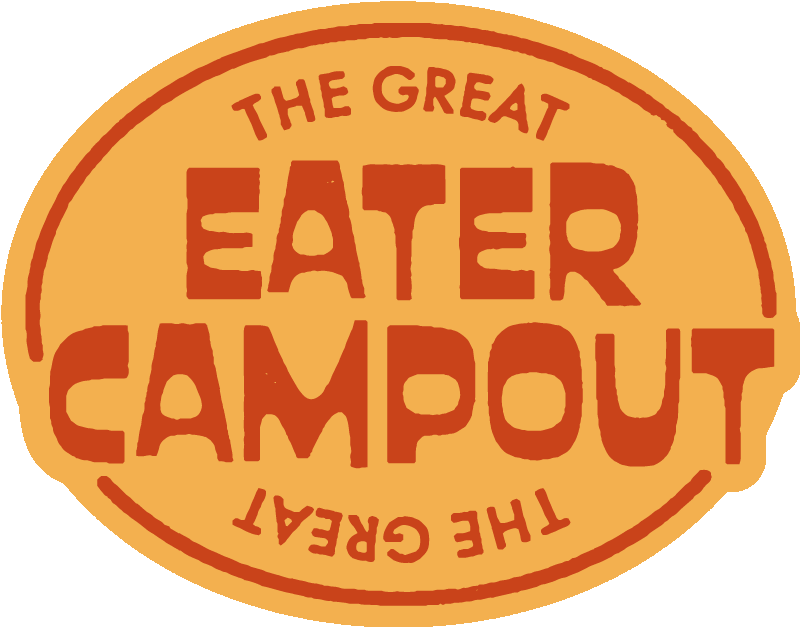How to Make Washing Dishes While Camping Less Annoying
Even in the wilderness, the dishes require your attention
Without a doubt, cleaning is the absolute worst part of camping. When it comes to your own personal hygiene, it’s best to just let it go. Throw on a hat, brush your teeth if you can, wipe any obviously offensive grime from your skin, and be done with it. Your dusty tent? It’s part of the experience. But food prep is another story. There’s usually no or limited running water, no sinks, god knows no fancy dishwashers (unless of course your friend Greg who’s on dish duty is especially fancy), and those cute enamel plates aren’t going to scrub themselves. I’ll be real with you — there’s no easy answer here, but there is a system and a few tips that can make the process of doing all these dishes a little less of a drag.
What you’ll need:
Way too much water
If your campsite doesn’t have access to running water (or maybe even if it does) count on bringing way more than the recommended gallon per person per day. I’d double it if it’s hot, and triple it for dishes. While there are ways of doing dishes just fine with a quart or two, it’s easier with a bit more.
Sink tubs
These can be two buckets, a couple of elementary school-style plastic tubs, or, I’m a fan of these collapsible camping sinks which fold up nicely and are big enough to fit a whole plate or pan.
Green dish soap
Since you’ll be discarding your dishwater into the ground, it’s important that the stuff you put into it is good for the Earth. There are a zillion camping-specific brands available everywhere from Amazon to, yeah, REI, and a little goes a long way. It’s worth it.
Sponges, quick-dry towels, and a dish rack if you’re fancy
Sponges and even some steel wool will be good to have on hand to clean that cast iron, and some microfiber towels for drying it so it doesn’t rust is a good idea too. (A roll of eco-friendly paper towels are also on my general camping pack list.) This collapsible bamboo dish rack from Target also helps keep your camp kitchen organized and just feel more, well, kitcheny.
Dig a sump
Sump is a word that a particularly outdoorsy friend once taught me for what is basically a hole in the ground for gross water. It’s where you spit after brushing your teeth, and where you dump dirty dish water after it’s full of all your crumby bits. The hole doesn’t need to be huge — about the size of a deep shoebox will do — but you’ll need a small shovel or garden trowel, and it’s best to dig it at low ground and a bit away from your campsite, and avoid making it too close to any plants or roots.
Make your stations and do the deal
Place your two tubs next to each other and fill each with a few inches of clean water. Add some soap to the first one, but keep the second one clean. Then, scrape as much of the food as possible off the dishes into the trash so they’re nearly clean. After that, you’re ready to start dunking dishes one by one into the first soapy tub and scrubbing away. Let most of the soap and suds drain off each dish before dunking it in the clean water rinse bucket. If you’re feeling extremely extra, you can set up a third tub with water and a tablespoon of bleach that will kill any bacteria, which I’ve rarely done, but is admittedly very hygienic. From there, either plunk the dishes on the rack or hand-dry.
You might use a cup to let any silverware dry upright, and this is not the time to concern yourself with spots — there are mosquitoes to worry about first!
Dump in the sump
When you’re all done, take the dirty dishwater and dump it slowly in the sump. Kick some dirt over it and you’re done! Until the next meal, that is…
Rachel Jung with Rayco Design is a graphic designer, illustrator, and adventure addict creating her passions within the outdoor culture.

